
culturalanthropologist
a sideblog for everything i love and find interesting: philosophy, literature, cultural anthropology, folk history, folk horror, neuroscience, medicine and medical science, neuropsychology/psychiatry, ethnomusicology, art, literature, academia and so on. i am an amateur in every subject! this is just for my own personal interest in each subject :)
277 posts
Latest Posts by culturalanthropologist
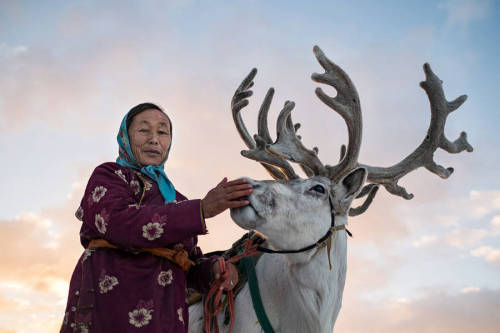
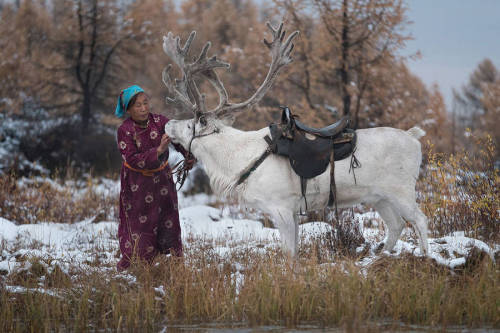
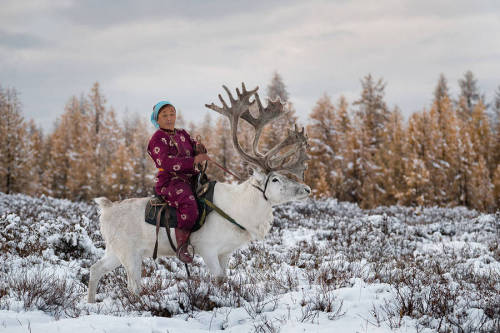
The Tsaatan (or Dukkha) are an ethnic minority who fled to Mongolia from Russia during WWII. It’s a small group, less than 300 people according to the most recent census, mostly living near Tsaagan Nuur.
They herd reindeer for milk, which they make into yogurt and cheese. Over centuries, the reindeer have been bred to have spines strong enough for riding. They hunt for meat, killing a reindeer is rare.
Photos by Joel Santos.
one of the culprits here in the public obliviousness about covid is that medical science has completely failed to integrate the fact that infections and injuries have permanent effects into wider culture. it has been documented and known for decades that narcolepsy follows viral and bacterial infections but most doctors wont mention this to you and many of them dont even know about it. every single time you get strep throat, an ear infection, the flu, food poisoning, a bonk on the head, major surgery, sepsis, or cold sores, you have a N% chance to develop permanent disability from it. the 'shit happens' principle of medical science has been seemingly purposefully erased from the public consciousness and im not entirely sure why. american litigiousness and the drug testing process maybe. getting food poisoning from someone not washing their hands before making your meal at a restaurant can not just kill you, but it can give you a permanent chronic illness like narcolepsy, chronic fatigue syndrome, gastroparesis, whatever. instead of this just being common knowledge we have this bizarre concept of diseases as being ineffable and irresistible but simply an inconvenience all good citizens must endure
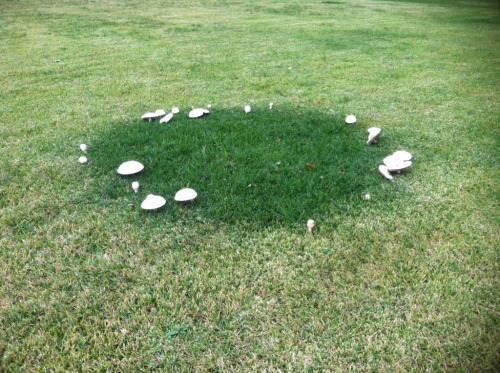








Folk costumes and folklore-inspired fashion collections photographed by Tadeusz Rolke, Poland, c. 1960-1970s [via Museum of Modern Art in Warsaw].



Bog bodies





Follow us @scienceisdope for more amazing science and facts.
great films available on the internet archive part two
first post + the archive collection with all of them
la haine (1995) dir. mathieu kassovitz
carnival of souls (1962) dir. herk harvey
andrei tarkovsky's filmography
a nightmare on elm st. (1984) dir wes craven
possession (1981) dir. andrzej źuławski
the silence of the lambs (1991) dir. jonathan demme
safe (1995) dir. todd haynes
psycho (1960) dir. alfred hitchcock
cops (1922) dir. buster keaton
sherlock jr (1924) dir. buster keaton
when harry met sally... (1989) dir. rob rainer
the bride of frankenstein (1935) dir. james whale
man with a movie camera (1927) dir. dziga vertov
coffee and cigarettes (2003) dir. jim jarmusch
m (1931) dir. fritz lang
it happened one night (1934) dir. frank capra
casablanca (1942) dir. michael curtiz
purple noon (1960) dir. rene clement
carrie (1976) dir. brian de palma
eraserhead (1977) dir. david lynch
they live (1988) dir. john carpenter
female trouble (1974) dir. john waters
do the right thing (1989) dir. spike lee
wings (1927) dir. william a wellman
fallen angels (1995) dir. wong kar wai
velvet goldmine (1998) dir. todd haynes
black panthers (1968) dir. agnes varda
american psycho (2000) dir. mary harron
the manchurian candidate (1962) dir. john frankenheimer
girlfriends (1978) dir. claudia weill
more to come ♡ glad you all like movies.
Bucephalus - Loved companion of Alexander the Great, believed to be the most famous horse from classical antiquity, and lived to be about 30 years of age.
Staff Sergeant Reckless - Known for holding official rank in the US military, and quickly learning supply routes, so much so that she could make entire trips without a handler. She was given multiple awards and decorations, including two Purple Hearts and the Dickin Medal.

THE OLD FRIENDSHIP OF BLUEBERRIES AND SWEET FERN:
"In the time before refrigeration, Ojibwe folks kept their blueberry harvest fresh by lining their birchbark storage containers with a plant called sweet fern that often grows right alongside blueberry bushes!
The leaves of sweet fern produce a compound called gallic acid, which is a potent anti-microbial and keeps harmful bacteria like salmonella from growing on the berries.
It's name in the Ojibwe dialect I've learned is "giba`iganiminzh" meaning "it covers the berries" because of this usage and its contribution to keeping the precious staple food of minan (blueberries) fresh!
I don't use a birchbark container but I do pop a few sprigs of sweet fern into my gathering bag when out picking and then into my tupperware when storing berries to remember and utilize the gifts of this wonderful plant!
(Sweet fern can also be used as a medicinal tea to help the intestines and colon! And when added to a fire, the smoke will help keep away mosquitos and horse flies--in addition to smelling lovely!)" - The Native Nations Museum, founded by Chippewa Bonnie Jones

The extinction of the Neanderthals is one of the most intriguing mysteries in paleoanthropology, with researchers speculating everything from shifts in the climate to war with modern humans may have escalated their demise. Many have wondered if our lost human cousins simply didn't have enough variety to cope with these changes. A new study backs up the hypothesis that a dramatic decline in the diversity of their genes prior to their extinction is likely to have played a major role.
Continue Reading.

The substances behind the slimy strings from okra and the gel from fenugreek seeds could trap microplastics better than a commonly used synthetic polymer. Previously, researchers proposed using these sticky natural polymers to clean up water. Now, they report in ACS Omega that okra and/or fenugreek extracts attracted and removed up to 90% of microplastics in ocean water, freshwater and groundwater. Rajani Srinivasan and colleagues have been exploring nontoxic, plant-based approaches to attract and remove contaminants from water. In one set of lab experiments, they found that polymers from okra, fenugreek and tamarind stick to microplastics, clumping together and sinking for easy separation from water.
Continue Reading.



knowing anything about history is great because it makes you seem mentally insane
a few great films that are free on the internet archive
in decent quality too!
here is the archive collection of these films so you can favorite on there/save if desired.
links below
black girl (1966) dir. ousmane sembene
the battle of algiers (1966) dir. gillo pontecorvo
paris, texas (1984) dir. wim wenders
desert hearts (1985) dir. donna deitch
harold and maude (1973) dir. hal ashby
los olvidados (1952) dir. luis bunuel
walkabout (1971) dir. nicolas roag
rope (1948) dir alfred hitchcock
freaks (1932) dir. tod browning
frankenstein (1931) dir. james whale
sunset boulevard (1950) dir billy wilder
fantastic planet (1973) dir. rené laloux
jeanne dielman (1975) dir. chantal akerman
the color of pomegranates (1969) dir. sergei parajanov
all about eve (1950) dir. joseph l. mankiewicz
gilda (1946) dir. charles vidor
the night of the hunter (1950) dir. charles laughton
the invisible man (1931) dir. james whale
COLLECTION of georges méliès shorts
rebecca (1940) dir. alfred hitchcock
brief encounter (1946) dir. david lean
to be or not to be (1942) dir. ernst lubitsch
a place in the sun (1951) dir george stevens
eyes without a face (1960) dir. georges franju
double indeminity dir. billy wilder
wild strawberries (1957) dir. ingmar bergman
shame (1968) dir. ingmar bergman
through a glass darkly (1961) dir. ingmar bergman
persona (1961) dir. ingmar bergman
winter light (1963) dir. ingmar bergman
the ascent (1977) dir. larisa shepitko
the devil, probably (1977) dir. robert bresson
cleo from 5 to 7 (1962) dir. agnes varda
alien (1979) + its sequels dir. ridley scott
after hours (1985) dir. martin scorsese
halloween (1978) dir. john carpenter
pssssst hey. hey. free and expansive database of folk and fairy tales. you can thank me later

Three girls from across the vast Eurasian steppe, and their really, really tall headdresses!
From left to right: the Russian kokoshnik, the Kazakh saukele, and the Mongol boqtaq.
BTW boqtaqs and kokoshniks could be worn by both married women and brides, while saukeles are normally only worn by brides in their weddings.

Giant LED screen shows a virtual rising sun in Tiananmen Square which is shrouded with heavy smog (January 16, 2014)



The non-toxic, environmentally friendly, solvent-free process first uses an inexpensive catalyst to break apart the bonds in polyethylene terephthalate (PET), the most common plastic in the polyester family. Then, the researchers merely expose the broken pieces to ambient air. Leveraging the trace amounts of moisture in air, the broken-down PET is converted into monomers—the crucial building blocks for plastics. From there, the researchers envision the monomers could be recycled into new PET products or other, more valuable materials. Safer, cleaner, cheaper and more sustainable than current plastic recycling methods, the new technique offers a promising path toward creating a circular economy for plastics. The study was recently published in Green Chemistry.
Continue Reading.


Foxes disguised as monks. On the left from Japan and on the right from Denmark.


Mosaic floor from a villa in Baiae, an ancient Roman luxury town which was submerged centuries ago due to volcanic activity in the area.
Photos: © Edoardo Ruspantini


The Campi Flegrei Archaeological Park. World Heritage Site

Inuit Woman (Kootucktuck) in her Beaded Attigi. Nunavut, 1905.
A Roman doll with moveable joints and accessories was found in the sarcophagus of Crepereia Tryphaena, an unmarried 20-year-old woman. The sarcophagus is dated to the late 100s (2nd c. AD) making the ivory “Crepereia Doll” nearly two thousand years old.
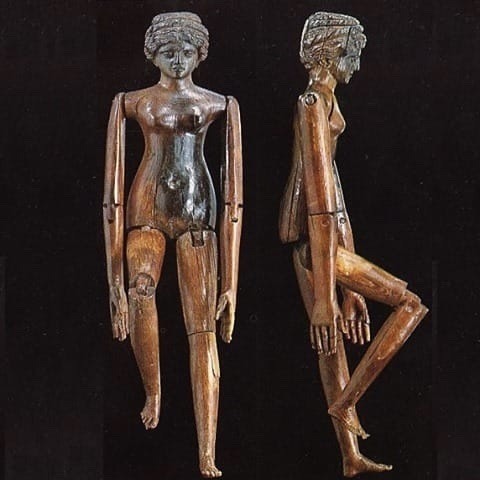

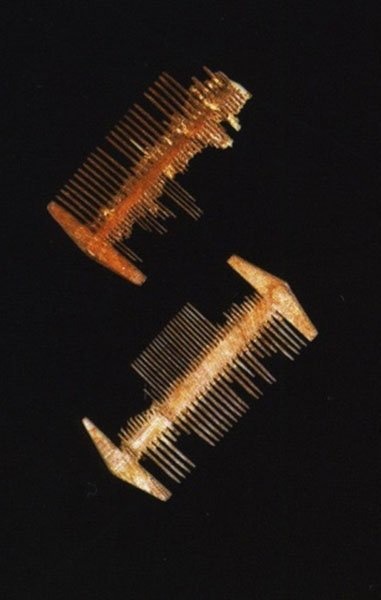
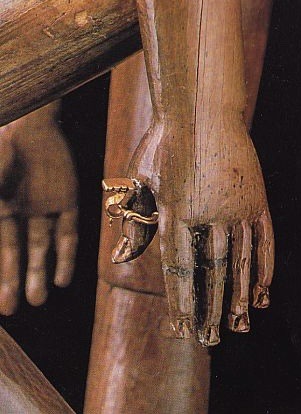





Early humans used animal bones to craft tools — more than a million years earlier than scientists previously thought, according to new research published this week. A group of researchers from the Spanish National Research Council (CSIC) and Indiana University made the discovery in East Africa. Ignacio de la Torre, co-director of the excavation and a CSIC researcher, says the bone tools are from the Acheulean period, which is known as the age of the hand axes — tear-shaped tools with a sharp point made from stone. "Now, we have a human species here that is able to innovate, to create an innovation by applying a knowledge they know they have or the working of stone," de la Torre tells NPR.
Continue Reading.


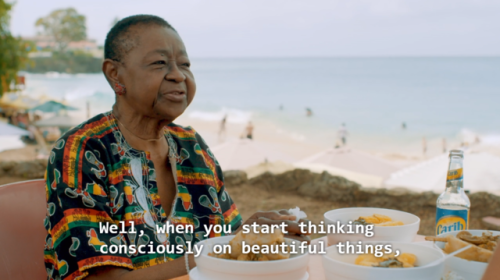
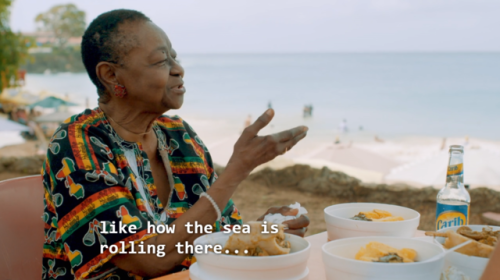
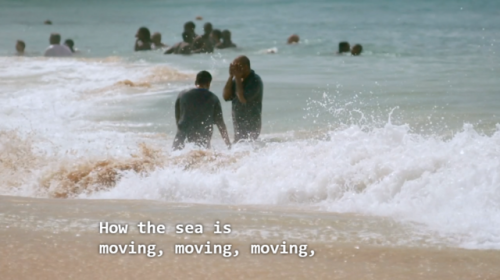
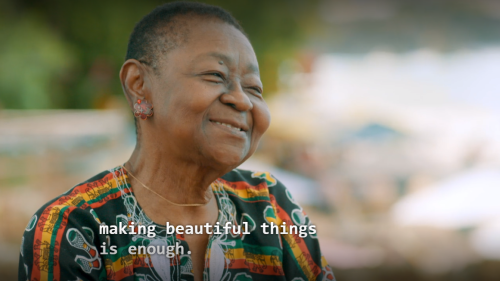
Someday your hands will be old and wrinkled, the skin spotted and bunching over your knuckles. And a child will watch you make something. It's a simple task, you'll have done it a thousand times before. But to that child, the smooth, confident way your hands move will seem like impossible magic. You have to keep living.

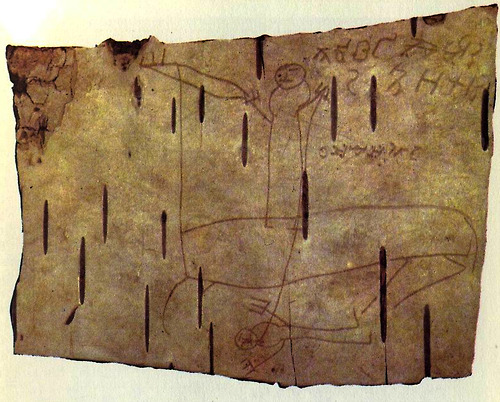
THIS DRAWING WAS MADE 700 YEARS AGO BY A 7-YEARS-OLD BOY NAMED ONFIM WHO LIVED IN NOVOGROD.

“Koryak girl fishing through ice, Siberia, Russia, circa 1900,” Unknown, AMNH Digital Special Collections

Nietzsche, The Gay Science




užgavėnės